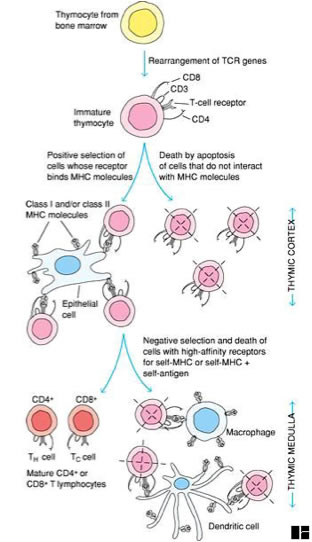
We used a highly enriched dataset describing several aspects of 707 therapeutic entities. How did we use data visualization to showcase a huge amount of data? What were some of the key takeaways? We wanted to understand from this analysis if there were any gaps in the lung cancer treatment landscape that we as a foundation want to fund going forward. As patient advocates, one of the key questions we always think about is, “Are there enough treatment options for patients so that no patient is left behind?” Secondly, “Are those drugs accessible for all patients?” Additionally, LUNGevity Foundation funds research into lung cancer early detection and treatment. The goal of this particular project was to reflect upon that progress and discuss what is in the drug development pipeline for the future. We have seen a tremendous amount of progress in the lung cancer space over the past five to 10 years. The question and answers below are a simplified transcript from the FB Live discussion and provide a high-level overview of why we conducted this analysis and what it means for the lung cancer community. Upal Basu Roy (Executive Director of Research) from LUNGevity Foundation. Amy Moore (VP of Global Engagement and Patient Partnerships), and Dr.

Dhruba Deb from Columbia University, and Dr.

The FB Live discussion included first author, Dr.
#T cell repertoire full#
The full article can be accessed from the link: On June 1st, 2022, LUNGevity Foundation hosted a Facebook Live to discuss our manuscript titled “ The 2021 Global Lung Cancer Therapy Landscape” published in the Journal of Thoracic Oncology.


 0 kommentar(er)
0 kommentar(er)
